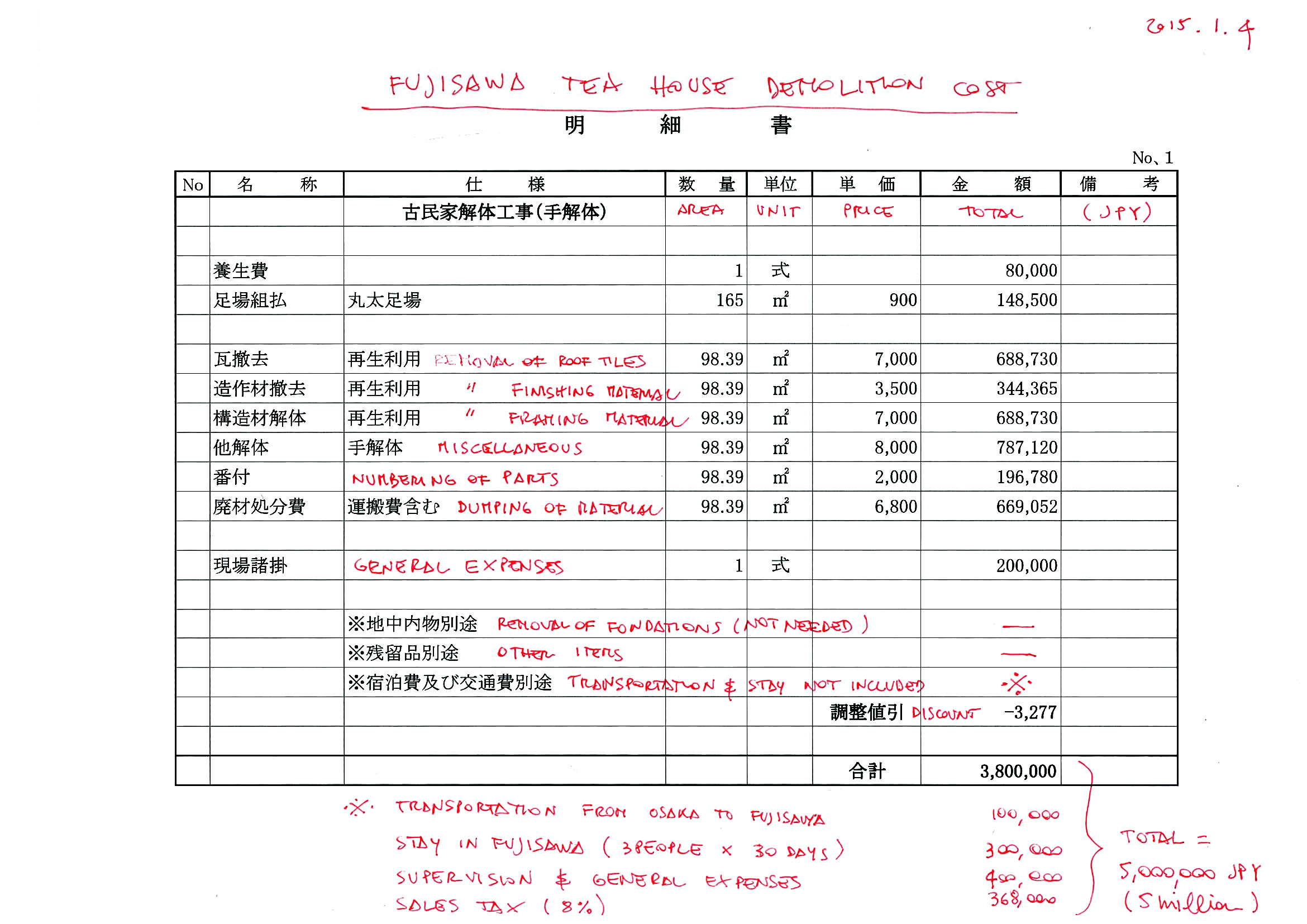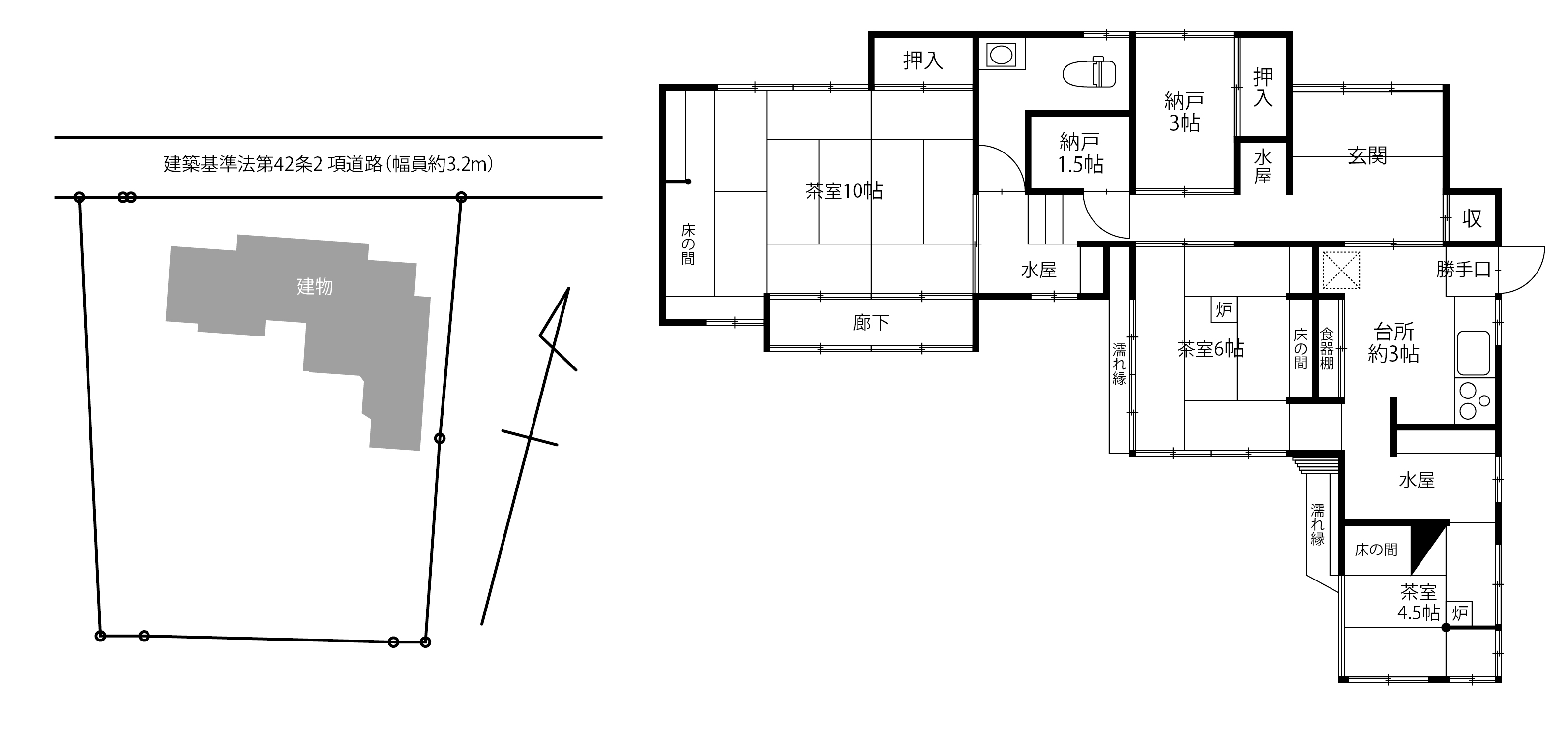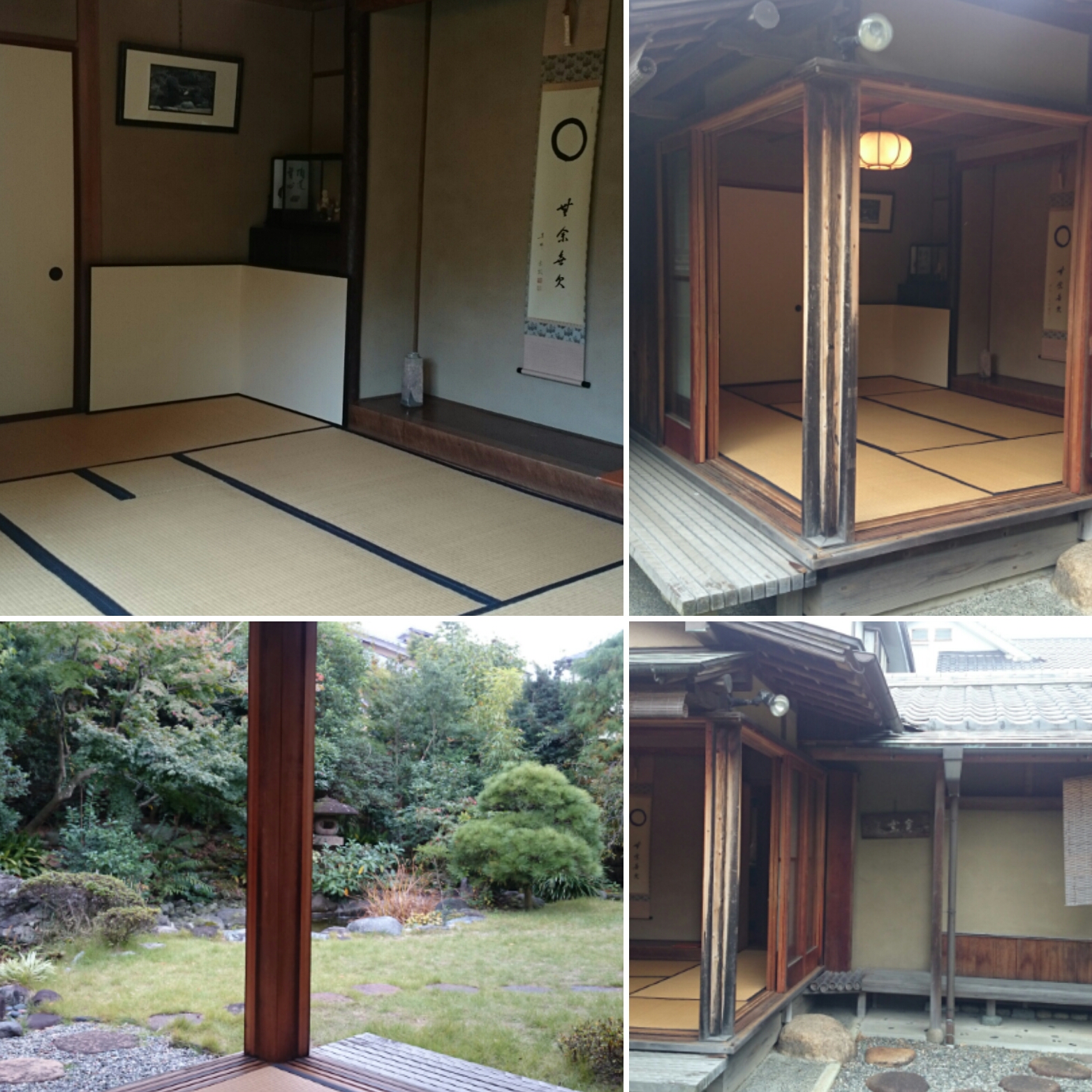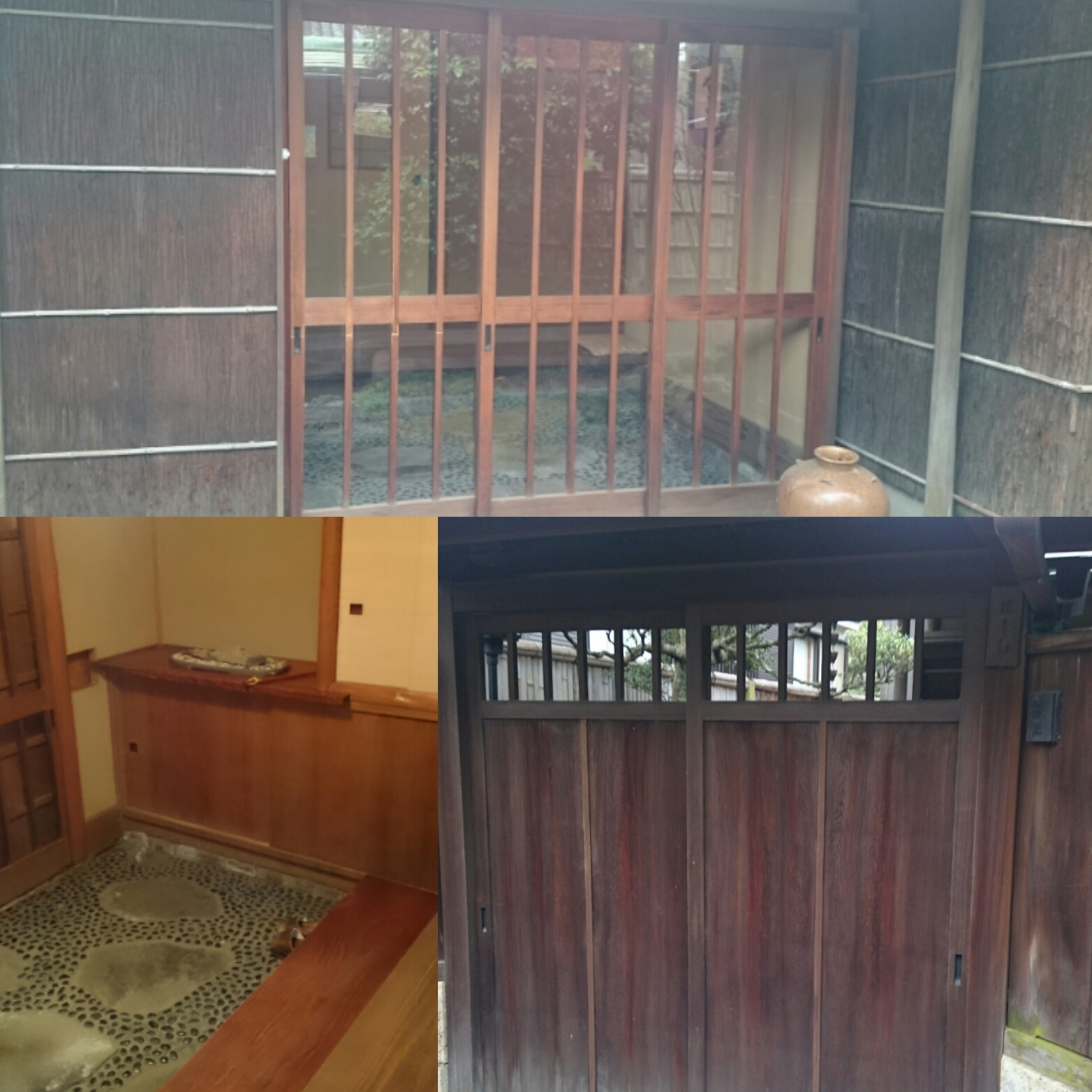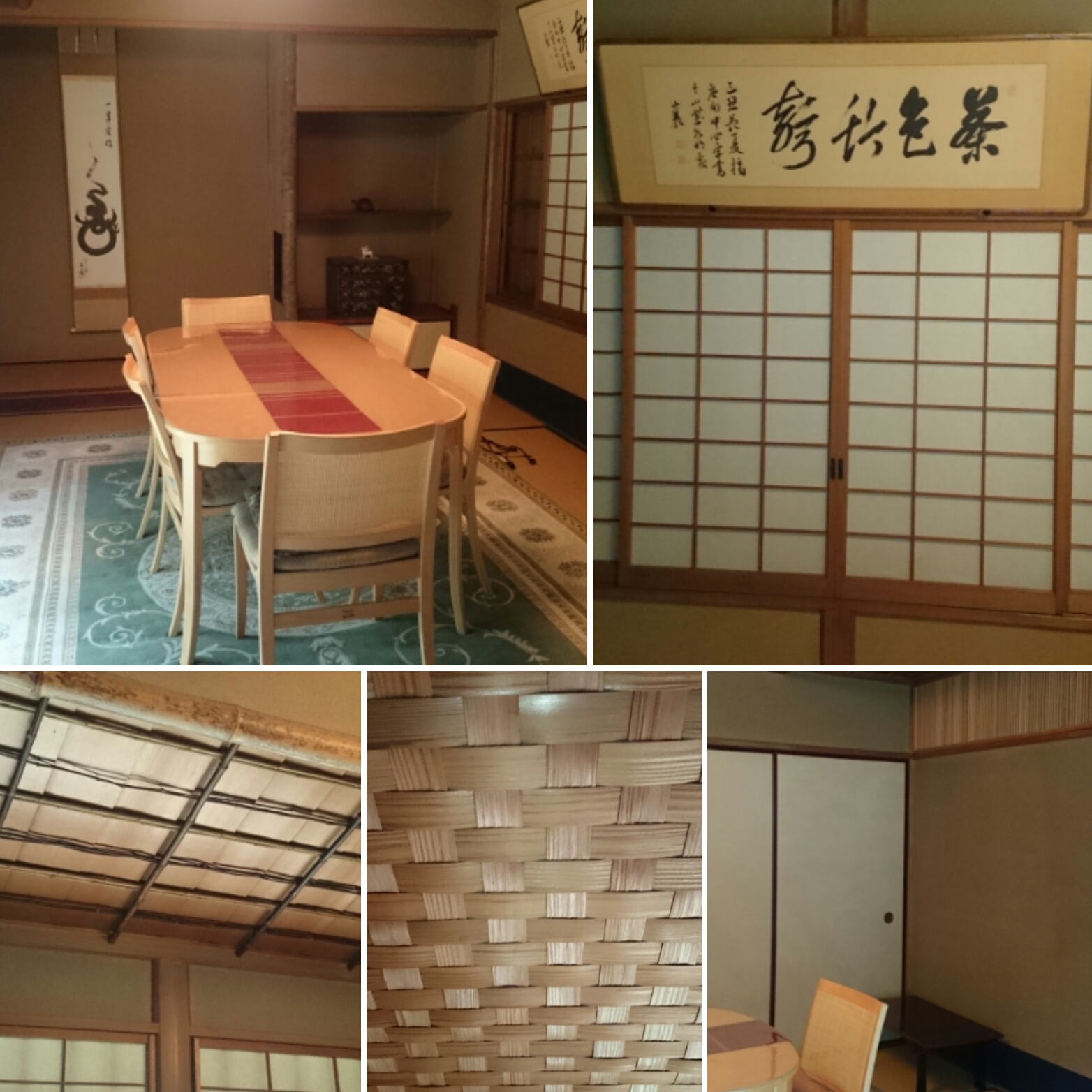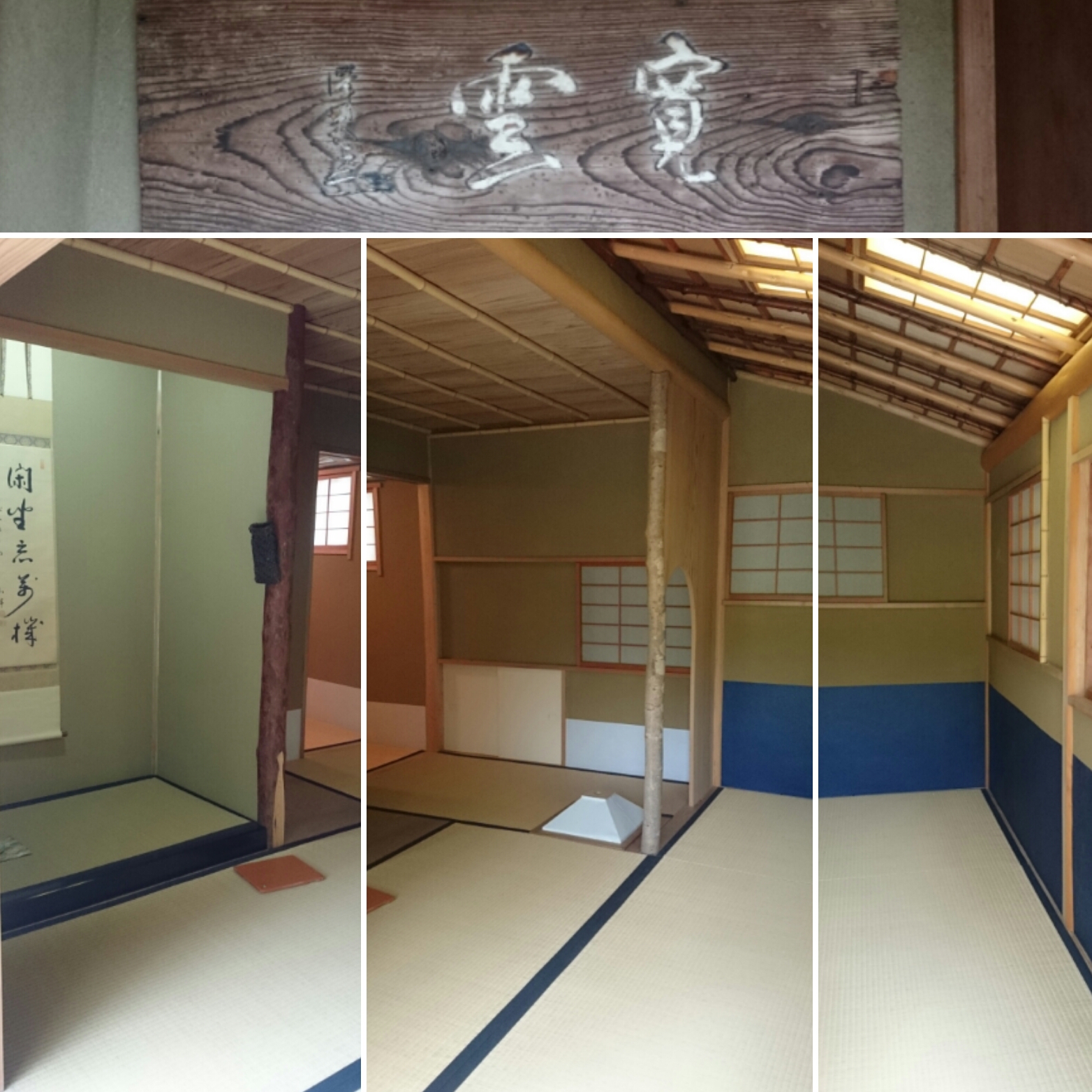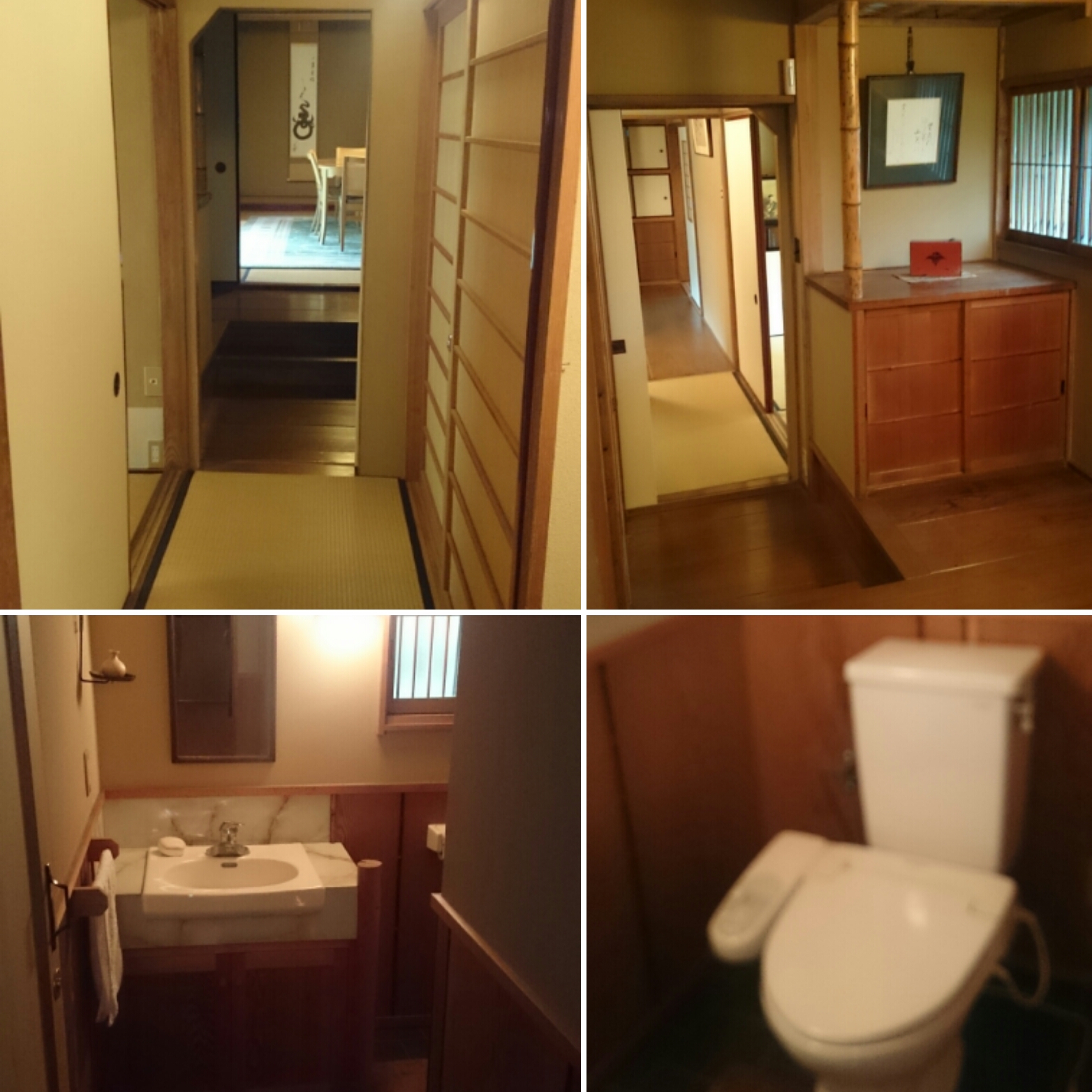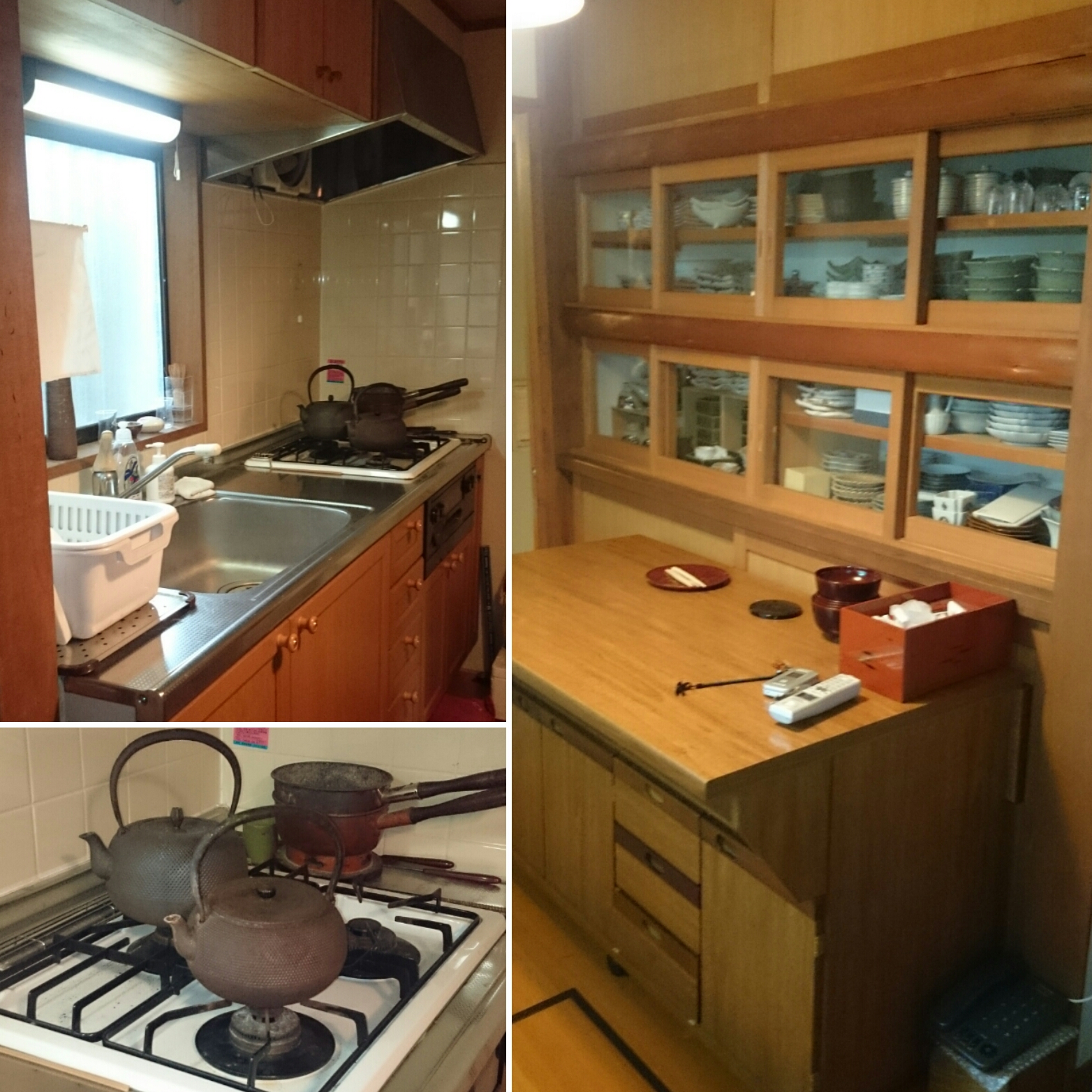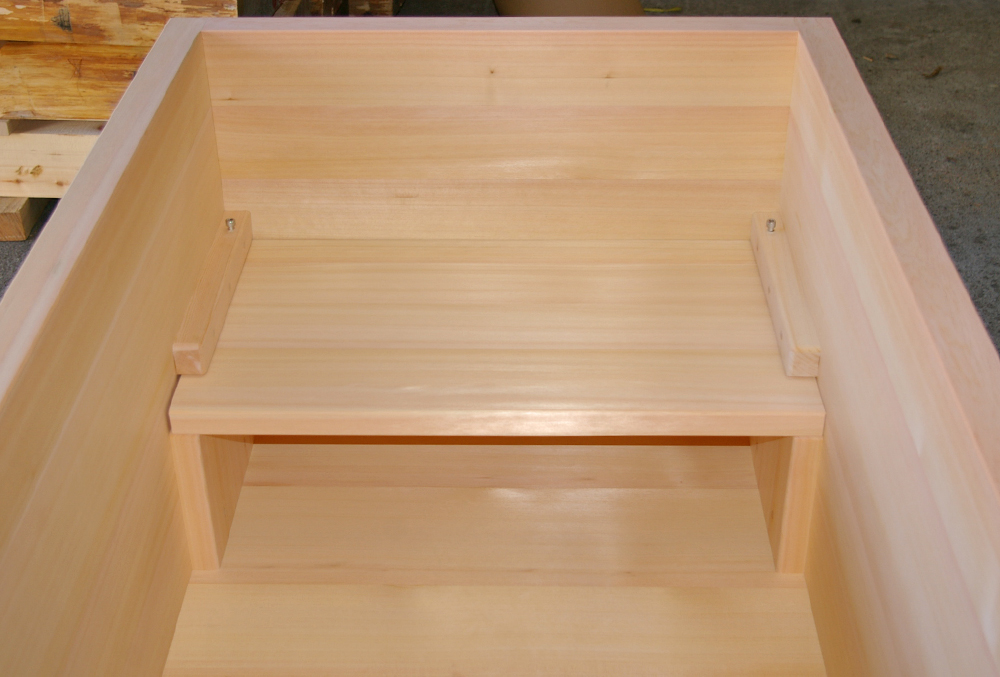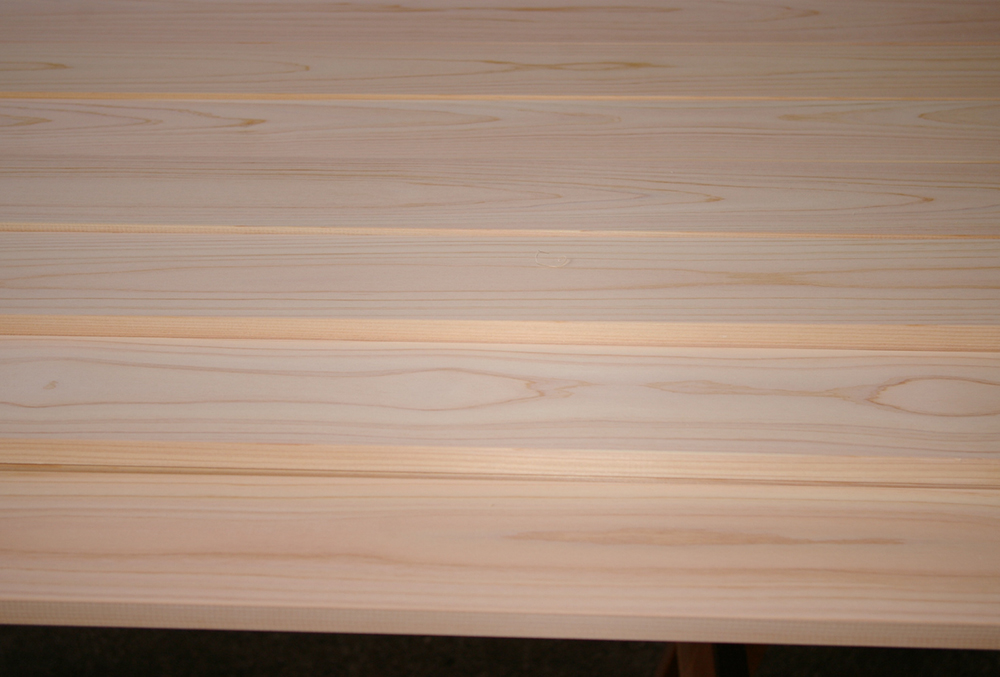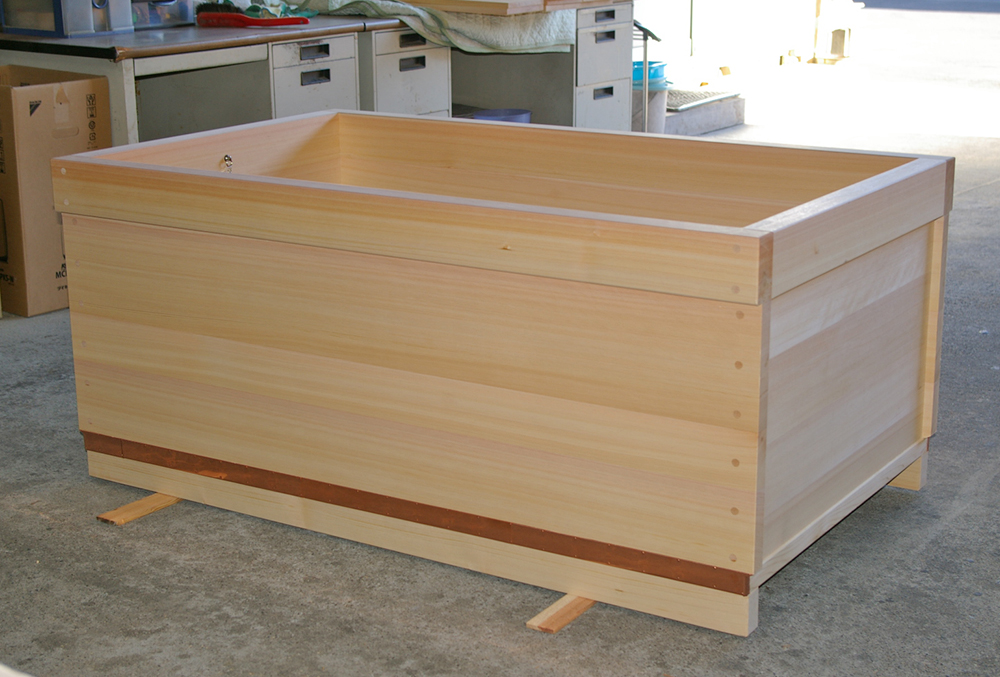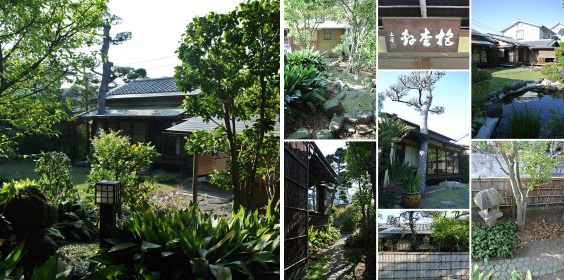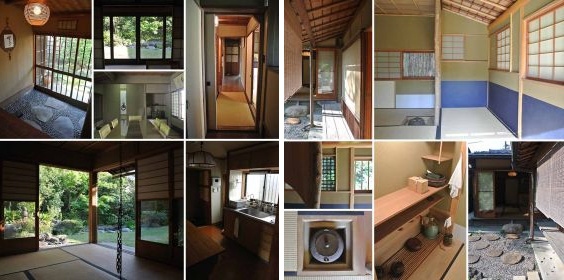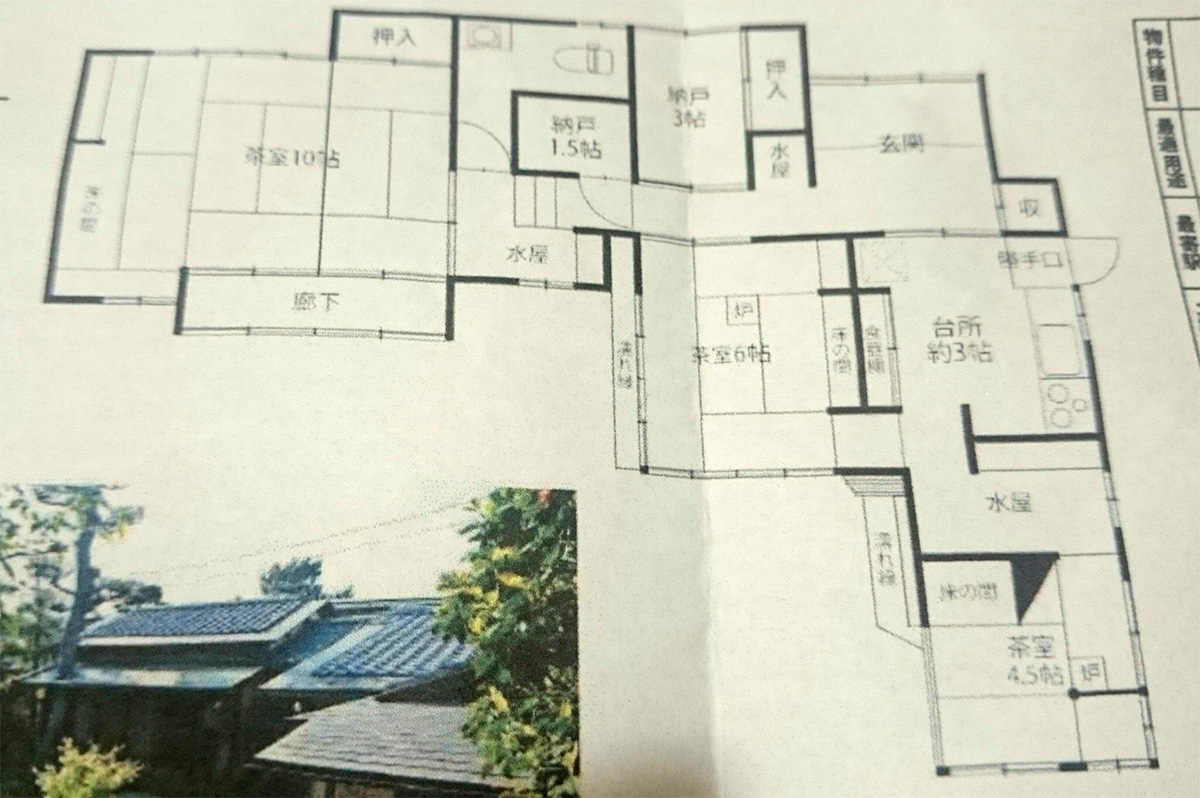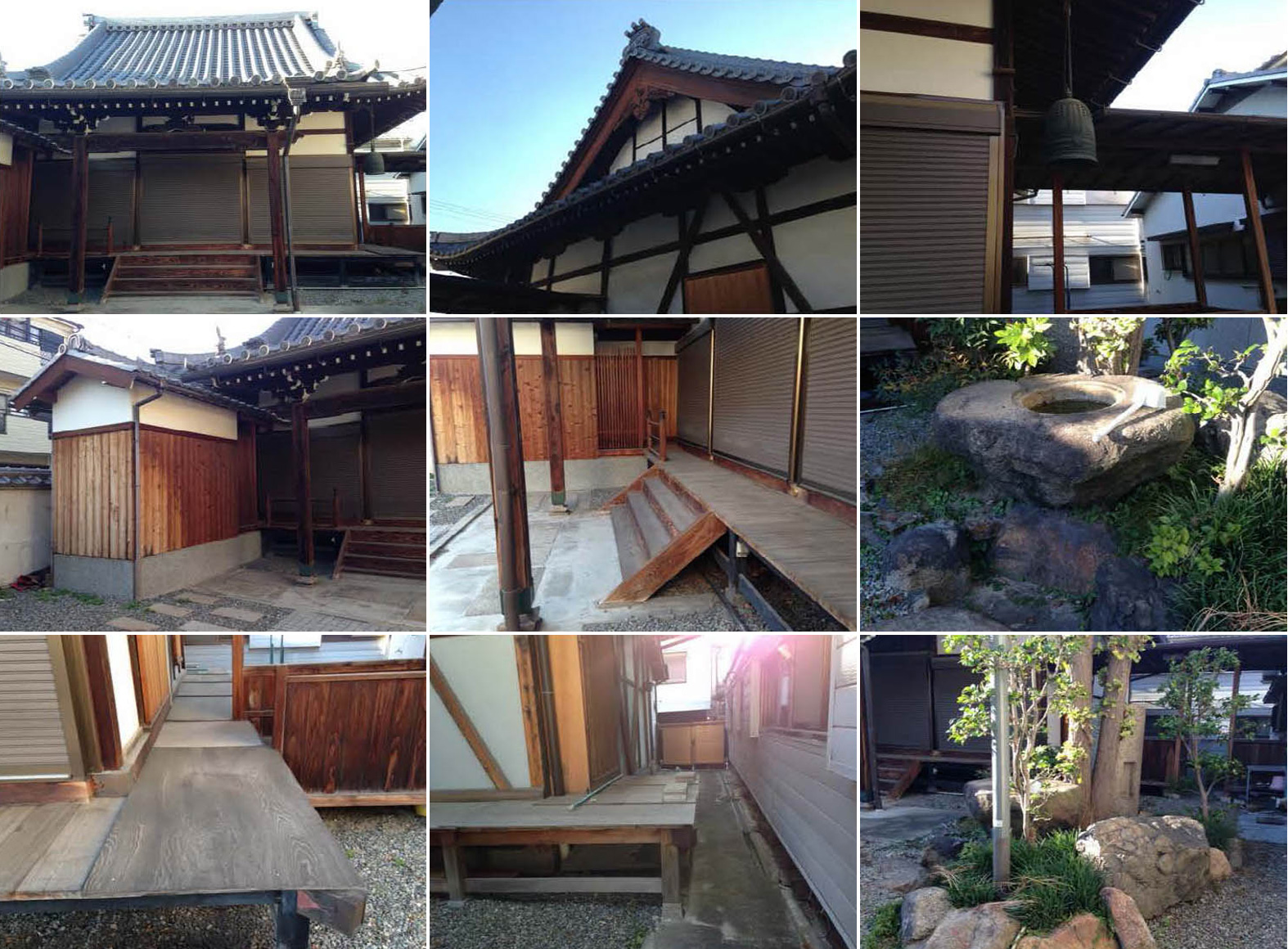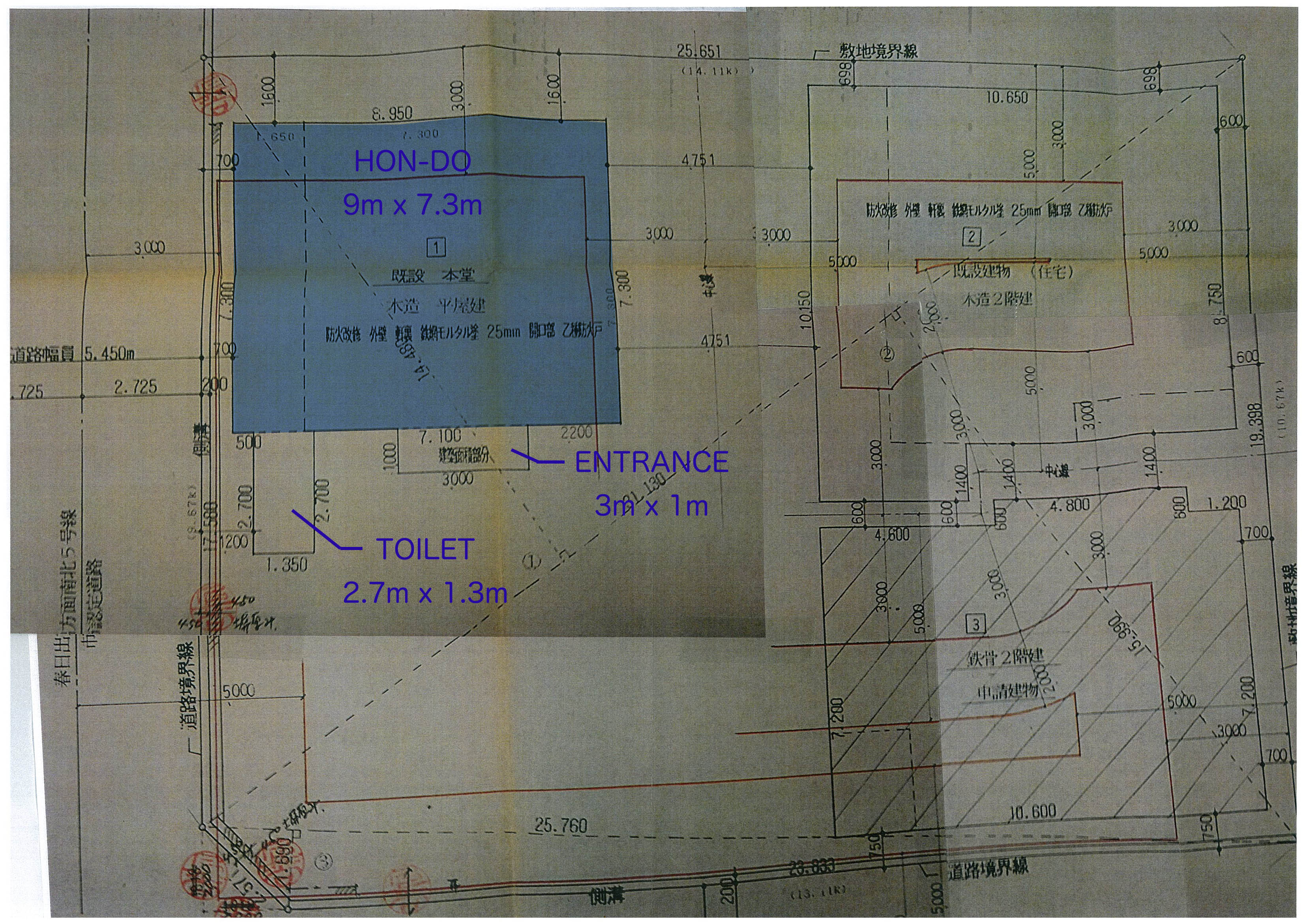Dear friends,
Recently I am receiving and sharing some information that are not directly related with the wooden bathtubs. I believe it is important to save historical buildings even if minor (or actually even more because they are minor…)
To me, a basic “machi-ya” old house conveys more emotions and sense of space than tens of monumental temples or shiny revamped castles to satisfy the “shutter chance” that makes the tourists happy…
But, I am not here to make polemics. I feel that I am in the position of bridging the “fading” traditional japan with the japanese lovers worldwide and I am committed to fulfill this duty.
I just uncovered the tip of an iceberg and I think that there is a lot that can be done in terms of saving old buildings and thus (hopefully … some day…) stimulating a new sense of value among the japanese.
But I am aware that not all of the fans of japanese baths are also interested in this heritage-buildings-salvage project.
So I decided to build a new site for this purpose.
I need some time, maybe 30-45 days but I will split the 2 projects, promise.
So if you are not interested, do not quit reading this, bear with me one more month.
Will you, please?
Let me then give now a short update about the projects as today (+ there is a new entry!):
1) salvage of the Osaka temple (transfer): the buddhist priest is elderly and very conservative. He is worried that any movement around the building now could ruin his negotiation to sell the land to a developer specialized in rental apartment buildings.
But I am in touch thru a very sensitive real estate agent and as soon as the situation clears I will prepare a survey and an estimate of the cost to dismantle the wooden structure with roof tiles, doors, fixtures and acessories. Once I have an idea of the sizes and the volumes I will also provide an estimate of the shipping cost.
I cannot set a certain date but It will be as soon as possible.
2) salvage of the Teahouse near Enoshima: our action and especially the sharing on facebook (done by my the owners` relative) produced a positive action!
They decided to remove the property from the market for now.
(I think they are considering some offers by restaurants interested in renting the property and continuing the tea-house business).
I cannot say yet it is safe, and will keep an eye on the situation, but it seems the emergency is settled at the moment!
3) Well, there is another adoption project on the table. I already presented back in january the case of an australian friend who owns the prestigious “Shizuka Ryokan” in Victoria – Australia and is looking for a buyer.

https://www.bartokdesign.com/japan/0-blog_news/japanese_ryokan_for_sale.php
Peter and his wife want to move back close to elderly relatives and are offering the keys to this amazing business!
Get the buildings, the trees, the kangaroos and all the clients and achievements for AUS 1,750,000
The deal he was working on got stuck at the end and the property is again on the market!
Contact Peter at info**at**shizuka.com.au (of course substitute the **at**) for more details.

Again, I will keep in touch and I wish you a relaxing weekend!
Best//
iacopo torrini
mail for any question/problem to: japan**at**bartokdesign.com
